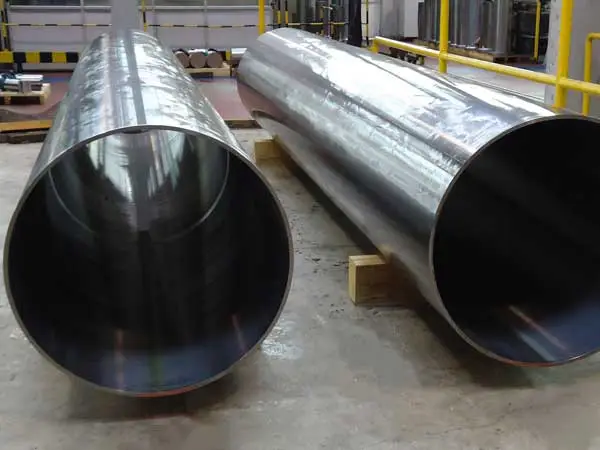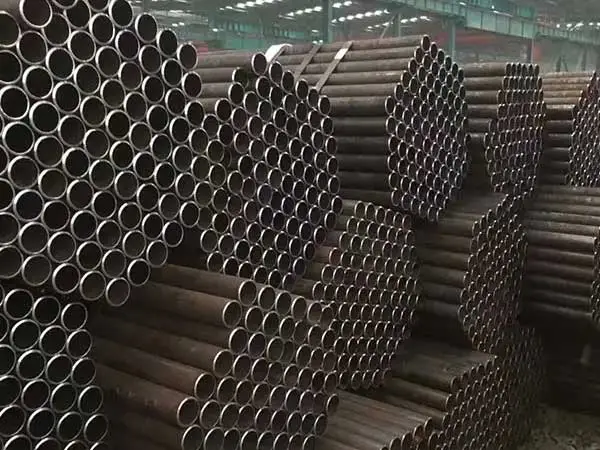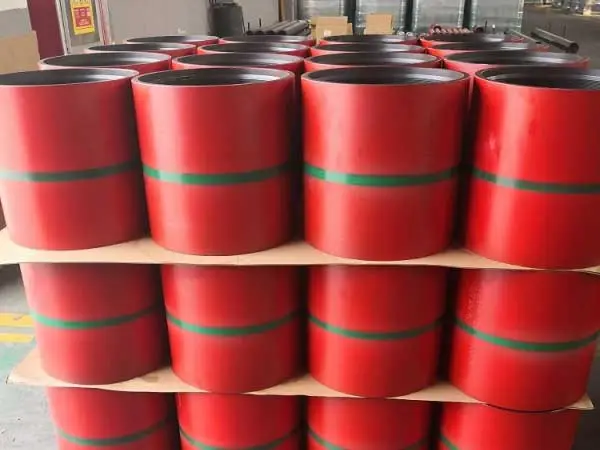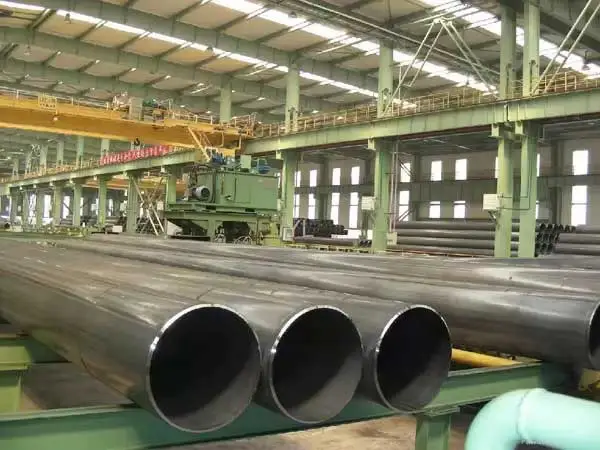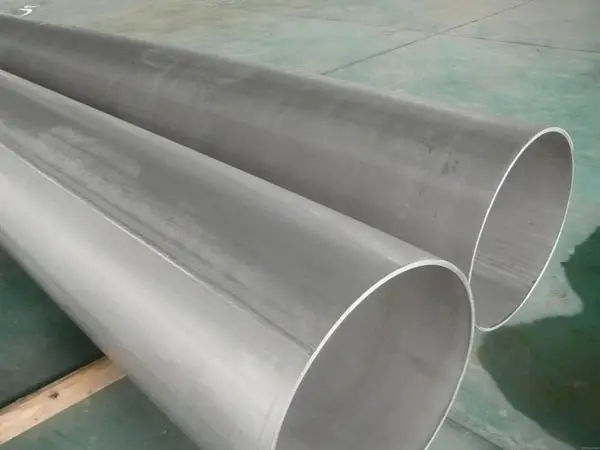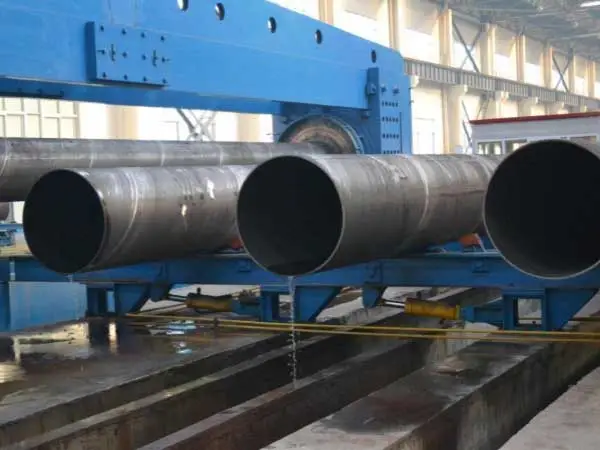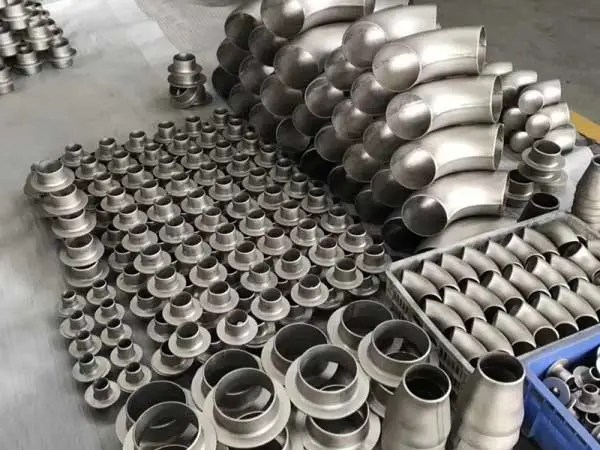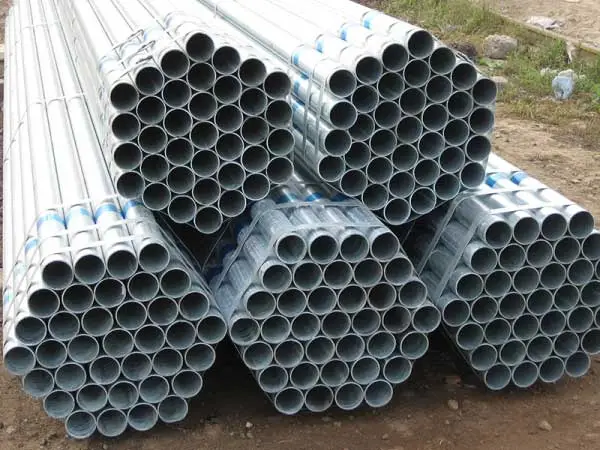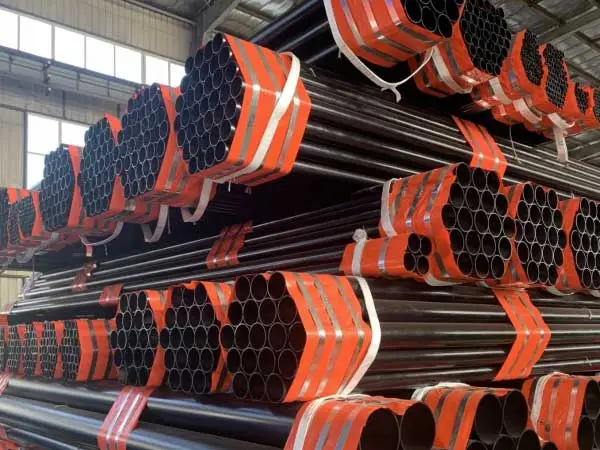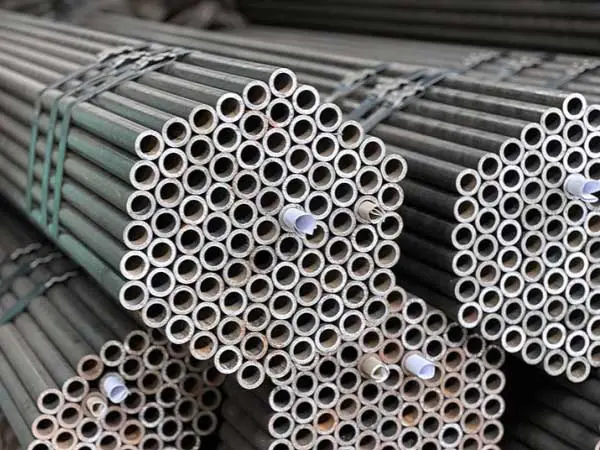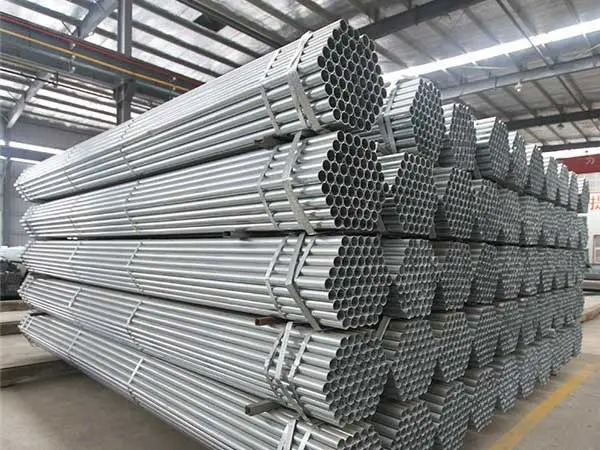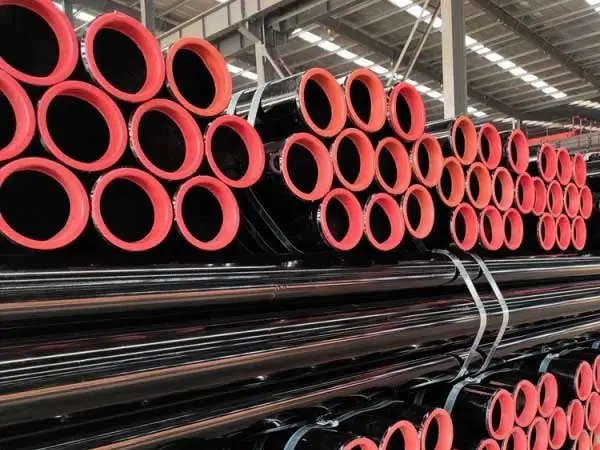-
2023-11-27Product News
How to Judge the Quality of LSAW Steel Pipe?
Longitudinal submerged arc welded (LSAW) steel pipes are mainly used to transport low-pressure flowing gases such as water, steam, and gas. So, how to judge the quality of longitudinal submerged arc welded steel pipe? As a manufacturer with many years of experience in producing LSAW steel pipes, we will make some suggestions on the quality assessment of longitudinal submerged arc welded steel pipes from the following three points.
-
2023-11-27Product News
Factors Affecting the Quality of ASTM Seamless Carbon Steel Pipes
The quality of ASTM seamless carbon steel pipe is affected by various factors throughout the manufacturing process. This article will look at some of the key factors that affect the quality of these pipes.
-
2023-11-27Product News
Requirements For The Quality Of Oil Casing Couplings
Oil casing coupling is an important accessory used to connect oil casing in the petroleum industry. Its quality requirements are crucial to ensuring the safety and effective production of oil wells. Today, we will introduce the quality requirements of oil and casing couplings in general.
-
2023-11-24Product News
JCOE LSAW Steel Pipe Forming Process
The JCOE forming process is known for its efficiency in producing large-diameter LSAW steel pipes with high precision and quality welds. These pipes are commonly used in applications such as oil and gas transportation, water pipelines, and structural construction. The JCOE LSAW steel pipe forming process involves several key steps in the following, read on to learn more.
-
2023-11-24Product News
LSAW Steel Pipe Pressure Pipeline
LSAW steel pipes are favored for their ability to withstand high pressure and are widely used in critical applications. In this passage, we will talk about LSAW steel pipe pressure pipeline.
-
2023-11-24Product News
Welding Process of SSAW Steel Pipe
The SSAW welding process is known for its efficiency and suitability for large-diameter pipes. It produces pipes with a spiral seam, making them suitable for applications such as oil and gas transmission, water pipelines, and structural uses. This article will talk about welding process of SSAW steel pipe.
-
2023-11-23Product News
Degreasing Method for Stainless Steel Pipe Fittings
Degreasing stainless steel pipe fittings is a critical step in preparing the surfaces for subsequent processes like welding, coating, or any application where cleanliness is essential. Here are common methods for degreasing stainless steel pipe fittings.
-
2023-11-23Product News
Advantages and Processing Technology of Galvanized Seamless Steel Pipe
A galvanized seamless steel pipe is a type of steel pipe that has undergone the galvanization process. Galvanization involves coating the steel pipe with a layer of zinc to enhance its corrosion resistance and extend its lifespan. This process is particularly beneficial for pipes that will be exposed to harsh environmental conditions, moisture, and corrosive elements. In this passage, we will talk about advantages and processing technology of galvanized seamless steel pipe.
-
2023-11-23Product News
How to Remove Burrs from Welded Steel Pipes?
Removing burrs from welded steel pipes is a crucial step in the finishing process to ensure smooth and safe handling of the pipes. Burrs can be sharp and pose safety hazards, and their removal enhances the overall quality of the welded joints. This article will introduce several methods to remove burrs from welded steel pipes.
-
2023-11-22Product News
Causes and Treatment Methods of Boiler Tube Damage
Boiler tubes usually experience some damage during daily use. In this passage, United Steel Industry will introduce the causes and treatment methods of boiler tube damage.
-
2023-11-22Product News
Hot Dip Galvanized Steel Pipe VS Cold Dip Galvanized Steel Pipe
Hot-dip galvanized steel pipes undergo a meticulous process starting with pickling on the steel components. This initial step aims to eliminate surface iron oxide. Following pickling, a thorough cleaning occurs using an aqueous solution of ammonium chloride, zinc chloride, or a blend of both. The treated steel components are then immersed in a hot-dip electroplating tank. This method offers advantages such as a uniform coating, robust adhesion, and an extended service life. Though less commonly utilized on a large scale today, cold-dip galvanized steel pipes are introduced for the sake of differentiation. Also known as electro-galvanizing, this process involves the removal of oil and pickling using electrolysis equipment. The steel components are then immersed in a zinc salt solution, with a zinc plate connected to the positive electrode of the electrolysis unit. By applying an electric current, zinc is deposited onto the pipe fittings. Cold-dip galvanized fittings undergo initial processing before galvanization. This article will briefly introduce differences between hot-dip and cold-dip galvanized steel pipes.
-
2023-11-22Product News
Introduction To ERW Line Pipe
ERW (Electric Resistance Welded) Line Pipe is a type of steel pipe commonly used in the oil and gas industry for transporting fluids such as oil, gas, and water. It is manufactured using the electric resistance welding process, where the edges of the steel strip or coil are heated and fused together under pressure to form a welded seam. This article will talk about ERW line pipe.
